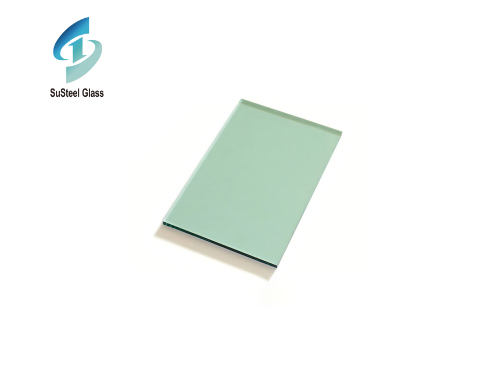Faux stained glass, also known as imitation or simulated stained glass, refers to a decorative technique that replicates the appearance of traditional stained glass without the use of actual colored glass pieces and lead caming. Instead,
faux stained glass is created using materials like translucent paint, colored adhesive film, or plastic sheets with stained glass-like patterns.
The process of creating faux stained glass typically involves the following steps:
Design: An artistic or decorative design is chosen or created. This design will be the basis for the faux stained glass pattern.
Base Material: A transparent or translucent base material is selected, which can be clear glass, acrylic, or plastic sheets.
Color Application: Various methods, such as painting or applying colored adhesive films, are used to add color to the base material. This creates the appearance of colored glass.
Detail Work: Fine details, outlines, and shading may be added to mimic the intricacy of traditional stained glass designs.
Assembly: If the design is complex, different elements may be assembled and layered to create a multi-dimensional effect.
Finishing: The finished faux stained glass piece may be sealed or framed to enhance its appearance and protect the artwork.
Faux stained glass is often used for decorative purposes in homes, offices, and various architectural settings. It offers a cost-effective alternative to traditional stained glass, allowing for the creation of colorful and visually appealing designs while being more accessible and easier to maintain. This technique is also popular for craft projects and DIY home decor.

 Exploring the World of Green Tinted Glass Products: Versatility and Sustainability
Exploring the World of Green Tinted Glass Products: Versatility and Sustainability
 Exploring the Versatility and Elegance of Custom Thick Glass
Exploring the Versatility and Elegance of Custom Thick Glass



